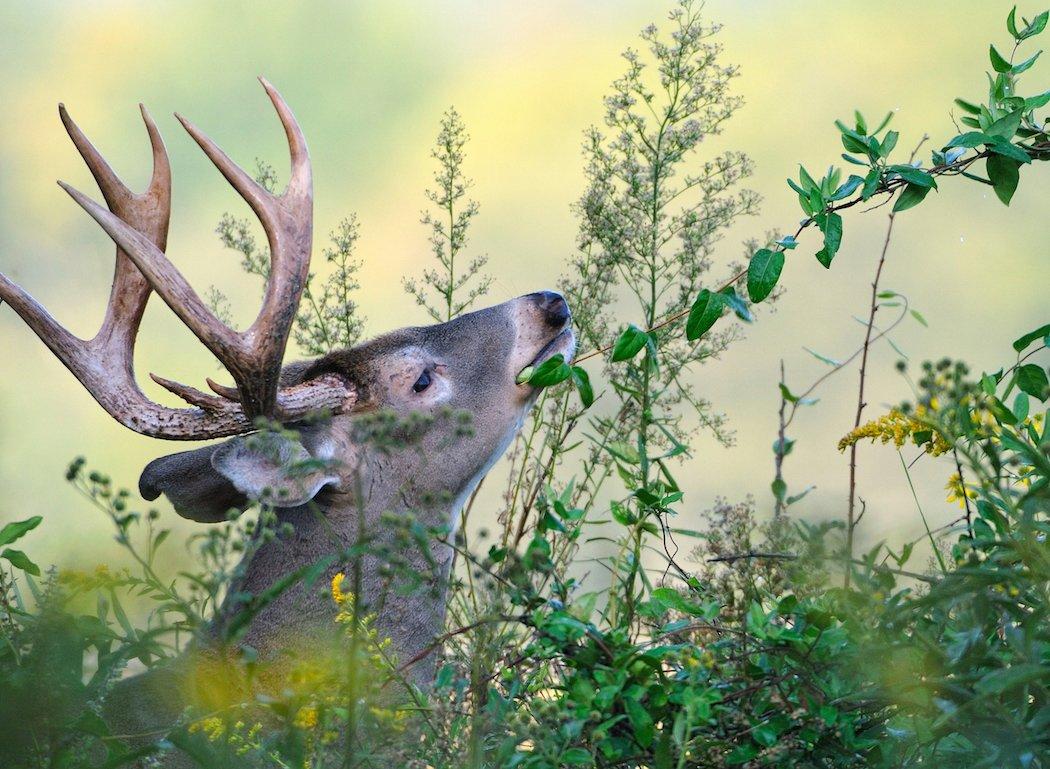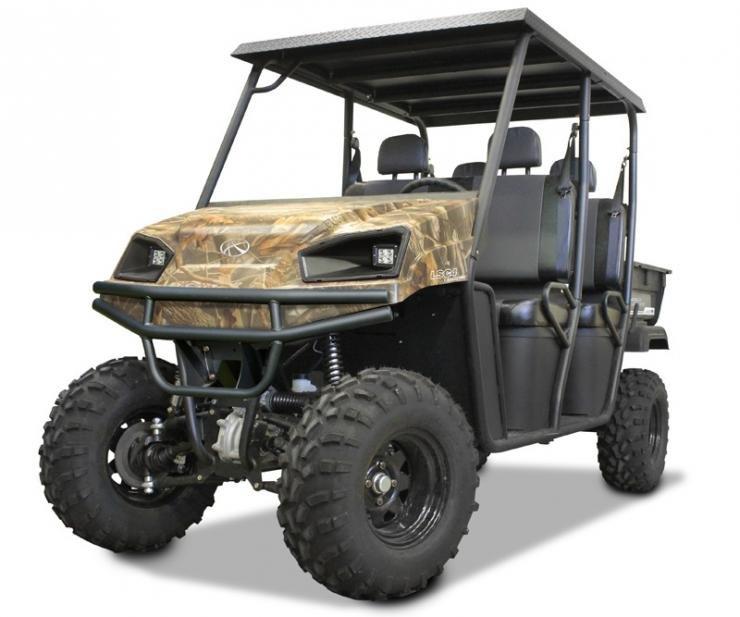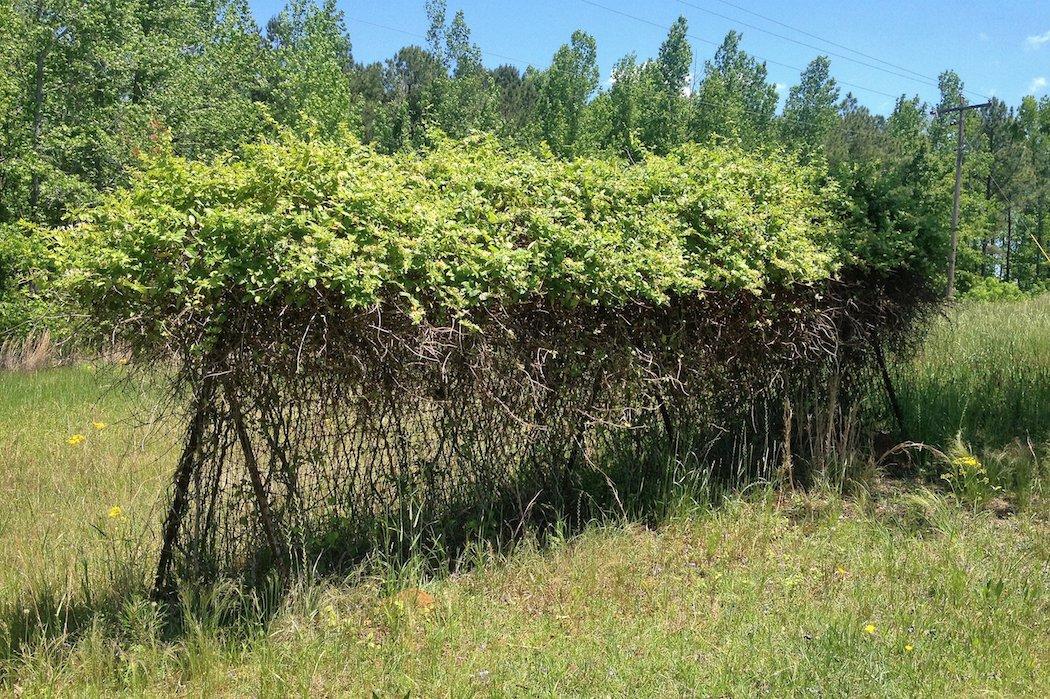Do You Benefit from It?
Love it or hate it, honeysuckle is here to stay. Wildlife managers and hunters, particularly in the South, recognize honeysuckle as a significant browse species for white-tailed deer. The leaves provide a year-round, highly digestible, quality forage with reported protein contents ranging from nine to 20 percent, depending on time of year and soil fertility. So, what's not to like?
Garden Escapee
The plant's attractive and fragrant flowers destined it to be a valued garden ornamental. However, its hardy growth, vining characteristic and long-flowering period proved the forerunners of a garden runaway. It currently ranges from Texas to Florida, north to Massachusetts, and west to Iowa and Oklahoma as a result of seed dispersal by animals, use for road and railroad bank erosion control, and plantings for wildlife forage.
Pest or Pal?
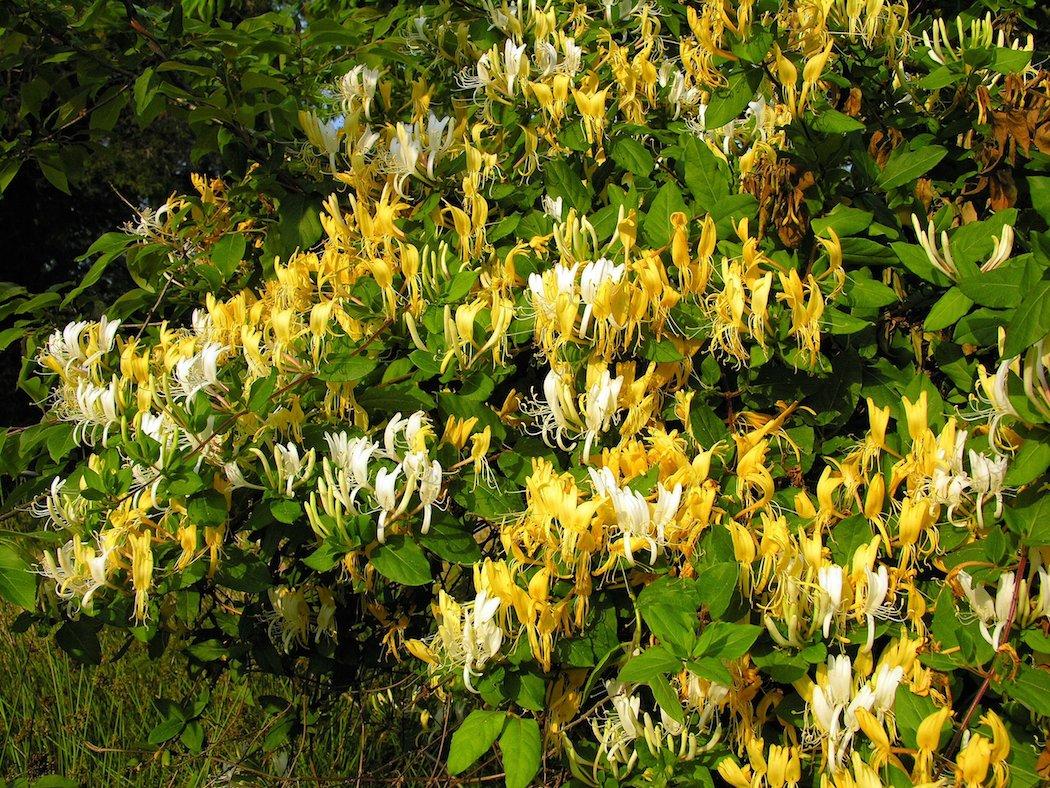
Deer hunters have a more positive view of honeysuckle for obvious reasons. It's common in deer habitat like young pine and hardwood plantations, bottomland forests, and along streams. The vine quickly becomes tangled to form ground cover, densely tangled thickets, and arbors in woodland canopies.
Don't Miss: 10 Trees That Will Hold Deer on Your Hunting Property
Southern deer hunters often refer to a large area of honeysuckle as a thicket or patch. A honeysuckle thicket is a deer magnet. Nearly impenetrable, the semi-evergreen perennial vines trail and twine through underbrush and young timber creating a deer haven. Thickets provide year-round food, thermal protection and fawning, bedding and escape cover. Honeysuckle patches also thrive along forest borders, fencerows, right-of-ways and field edges.
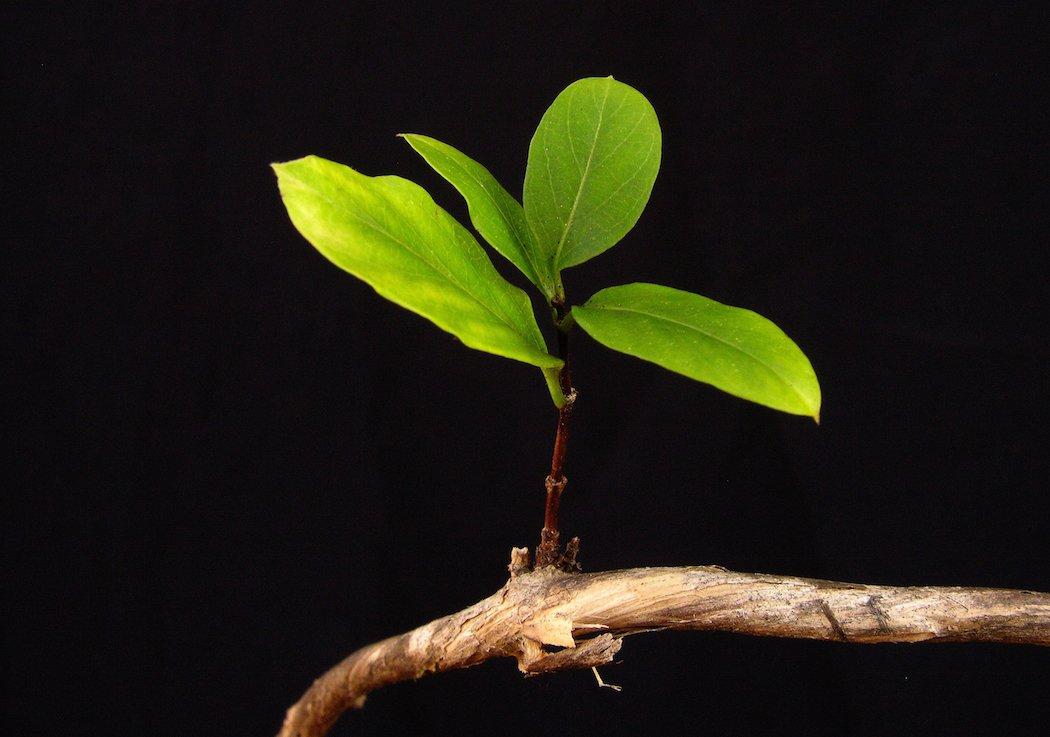
Consequently, its popularity with hunters and wildlife managers may create some conflict between goals (i.e., more habitat, forage and deer), and invasive species control efforts to protect native plants.
Don't Miss: Natural Food Sources for Deer
Honeysuckle Management
Naturalized honeysuckle has been managed for decades as an important wildlife forage and shelter source through propagation, fertilization and protection. Under ideal conditions, managed honeysuckle patches have been reported to produce well over a ton of forage per acre. However, many hunting leases today are under timber management or agricultural crops. Before planting or managing existing honeysuckle on any land except that which you own, contact the landowner for approval. Following are some management tips:
1. Scout for potential areas to manage during winter when green honeysuckle leaves highlight against a leafless landscape. Note areas that have grown out of reach for deer foraging. Mark the sites with flagging or store the info in a mobile hunting app.
2. Fertilize the ground. In high-deer-density areas, honeysuckle can be damaged by intense browsing. To increase production and forage volume, apply lime to existing honeysuckle according to soil analysis recommendations. Fertilize with 13-13-13 in early spring and again in early fall at a rate of 300 pounds per acre. For the fall application, 150 pounds per acre of ammonium nitrate may be substituted.
3. Add sunlight. Due to honeysuckle's trailing characteristic, remove or trim nearby hardwood vegetation to prevent excessive shading and ensure it remains within reach of foraging deer.
4. Build natural trellises. Reserve brush tops to scatter on open sites for vines to climb. Keep within reach of browsing deer by adding more brush as needed.
5. Build a food bar. Seedlings and rootstock planted in a wire exclosure are protected while allowing deer to browse on the succulent new growth. Exclosures and fences can be constructed in a variety of styles and dimensions often with supplies already on hand.
- A.) Choose a location to plant on the edge or within the boundaries of food plots or any suitable location(s) that offer sunlight and hunting/viewing opportunities. With regard to bowhunting, pay special attention to positioning in relation to nearby cover, prevailing winds, stand sites and anticipated routes of approach by deer. Clear the selected area of brush. Mow or spray with an herbicide such as Roundup. Later, disk if needed.
- B.) Gather local honeysuckle. It's cost free and can be used to propagate. Cut sections of vine with several growth nodes. Root in pots.
- C.) Plant during late winter or early spring to ensure sufficient rooting prior to the dry season. Fertilize once the seedlings have become established. Be careful not to over-fertilize.
6. Establish firebreaks. Honeysuckle is not fire-tolerant. Use mechanical, or chemical applications to control the perimeter of managed honeysuckle.
7. If honeysuckle is a permanent part of the landscape you hunt, try building a deer honeysuckle food bar. and create a deer feeding hotspot for hunting. They are effective tools as part of a quality deer and habitat management program (www.qdma.com). They're easy to maintain, require relatively small investments in time and outlay but pay big dividends in improved nutrition, habitat and enhanced hunting opportunities. Food bars can be constructed in a variety of sizes and styles — tent, teepee, ring and fence. You're only limited by your imagination.
Tent-Style Honeysuckle Food Bar
Supplies for a 15-feet exclosure:
- Post driver, tape measure, wire cutters, pliers, shovel and/or garden spade
- Approximately 50 ft. length of 2-inch by 4-inch welded-wire 5 feet high (food bar length is optional)
- Six 8-feet steel T posts
- One roll of 4-feet-wide ground weed retardant mat. One exclosure will use about 20 feet
- Wire for securing wire to posts
- 15 honeysuckle plants
- Pine needles, bark or wheat straw mulch (optional)
Directions:
- Measure and mark two parallel 15-feet lengths, 3 feet apart on the ground. Drive posts on an angle, as pictured, at each end and one midway on both sides so that the post tops cross. (Add a top bar of metal pipe if desired.) Secure posts together with wire.
- Dig a 6-inch-deep trench for the wire between the posts and across the ends.
- Cut and install ground sheeting to fit over the trenched area. Cut 6-inch Xs about 1 foot apart in an alternating pattern (1 foot from a side to allow plants to quickly attach and climb the wire).
- Cut two 25-feet long sections of wire. Attach one section to a side placing the bottom in the trench and secure to the posts with wire ties. Leave 5 feet of wire extended beyond each end post.
- Plant the honeysuckle starts in the Xs. Water and apply mulch.
Don't Miss: The Ultimate Deer Hunting Property
Are you a deer hunter thirsty for knowledge? Check out our stories, videos and hard-hitting how-to's on deer hunting and land management.

